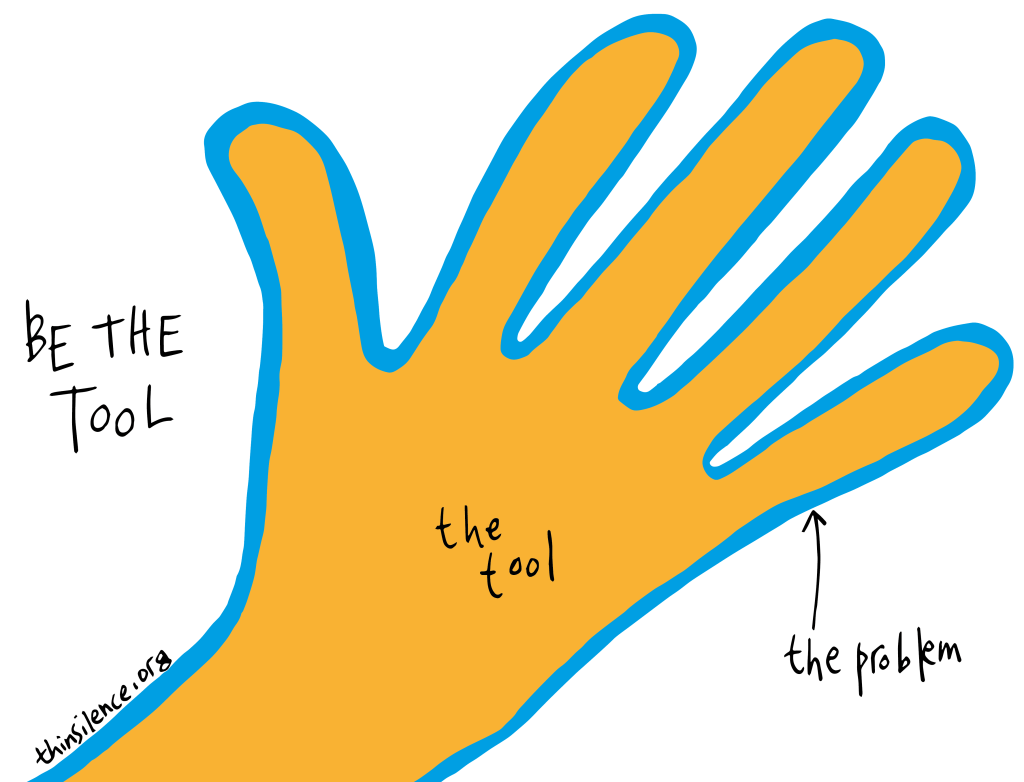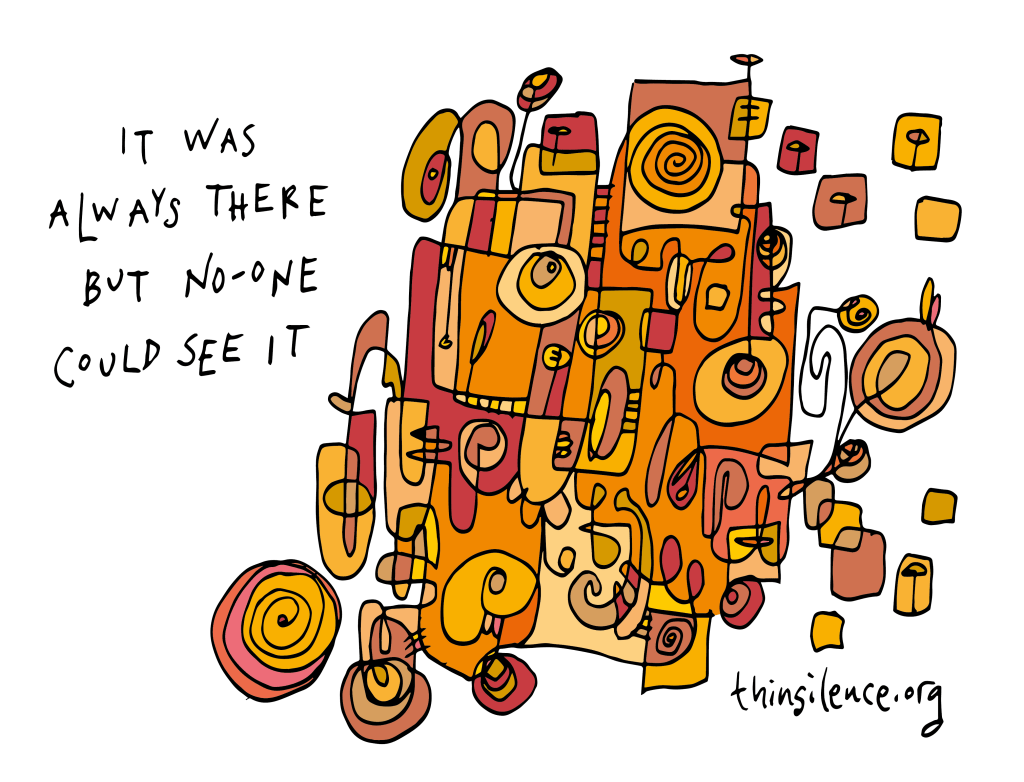
The primary markers of physical capacity are strength, endurance, flexibility and resilience. These are precisely the same markers of capacity emotionally, mentally and spiritually.*
(Jim Loehr and Tony Schwartz)
Some want their external circumstances to change in order to feel happy, especially the behaviour of others. They miss the wonder of being able to change their happiness from within:
What I want to say is that as our personal universes expand, if we keep drawing ourselves into the centre again and again, everything seems to enhance everything else.**
M. C. Richards is picturing the clay on a potter’s wheel being shaped both in and out, up and down – all in motion. A picture for our lives, Richards encourages the need to avoid becoming fixed, of thinking This is it:
What I mean here is that in poetry, in pottery, in the life of the mind, it seems to me that one must be able to picture before oneself the opposite of what has just been declared in order to keep alive the possibility of freedom, of mobility, of growth.**
Whatever our craft and way of thinking may be, we must keep moving. Never saying This is it or This is me, holding the opposite is a way of pushing ourselves out of settlement into motion.
We are most Human in motion.
Imagine or draw a grid of vertical lines made up of the four capacities of body, emotions, mind and spirit, and horizontal lines made up of the four markers of strength, endurance, resilience and flexibility. What is the significant “motion” taking place at each of the sixteen intersections for you? (There’s perhaps a journaling exercise here for the next sixteen days?)
For instance, mind and flexibility: What are you discovering, changing your mind about, using as exercises for developing openness, developing for listening to others and the world?
Here is a life in motion with four markers which can be maintained until the day we have to return our energy to the universe. When the wheel stops spinning, and not until, our lives are able to be shaped. Only after the clay is removed from the wheel is it allowed to harden and then be fired.
If you’re reading this, the wheel is still spinning. Why live as if it’s stopped?
I leave you with some words from Alan Lightman’s creation novel:
“But surely it has significance for them, I said. Each one of them tries to desperately to find meaning. In a way, it doesn’t matter what particular meaning each of them finds. As long as each creature finds something to give a coherence and harmony to the jumble of existence. Perhaps it might be as simple as a discovery of their own capacities, and a thriving in that discovery. And even if they are mortal, they are part of things. They are part of things larger than their universe, whether they know it or not. Wouldn’t you agree?”^
(*From Jim Loehr and Tony Schwartz’s The Power of Full Engagement.)
(**From M. C. Richards’ Centering.)
(The character “Nephew,” in Alan Lightman’s Mr g.)











You must be logged in to post a comment.